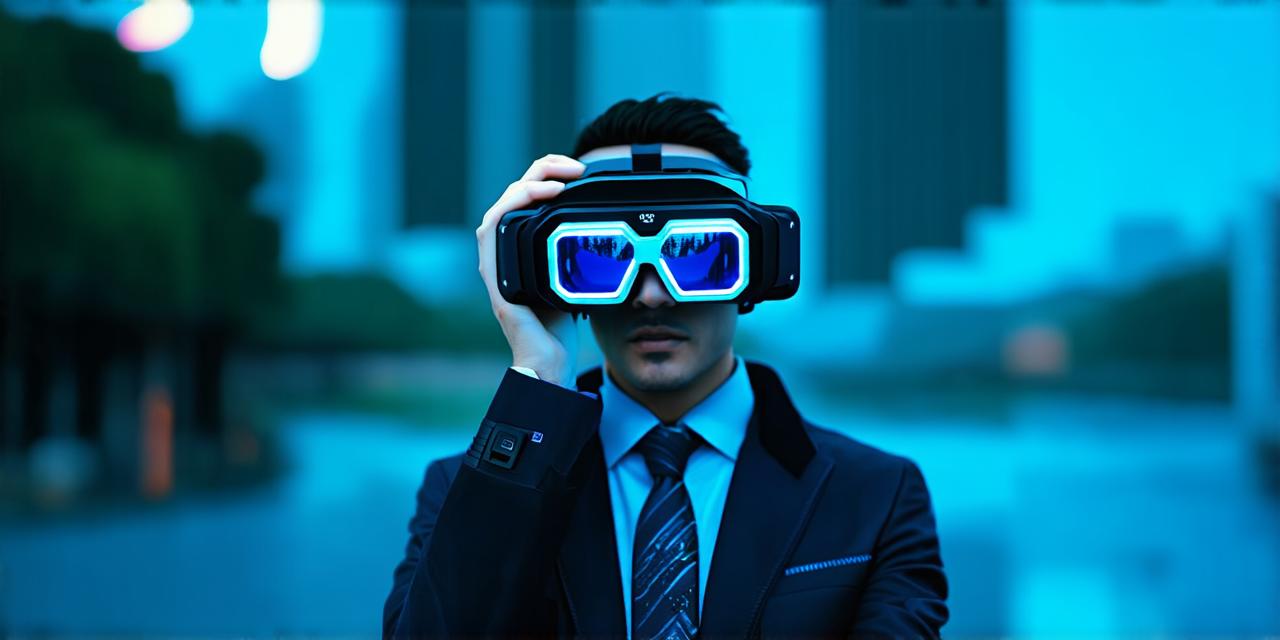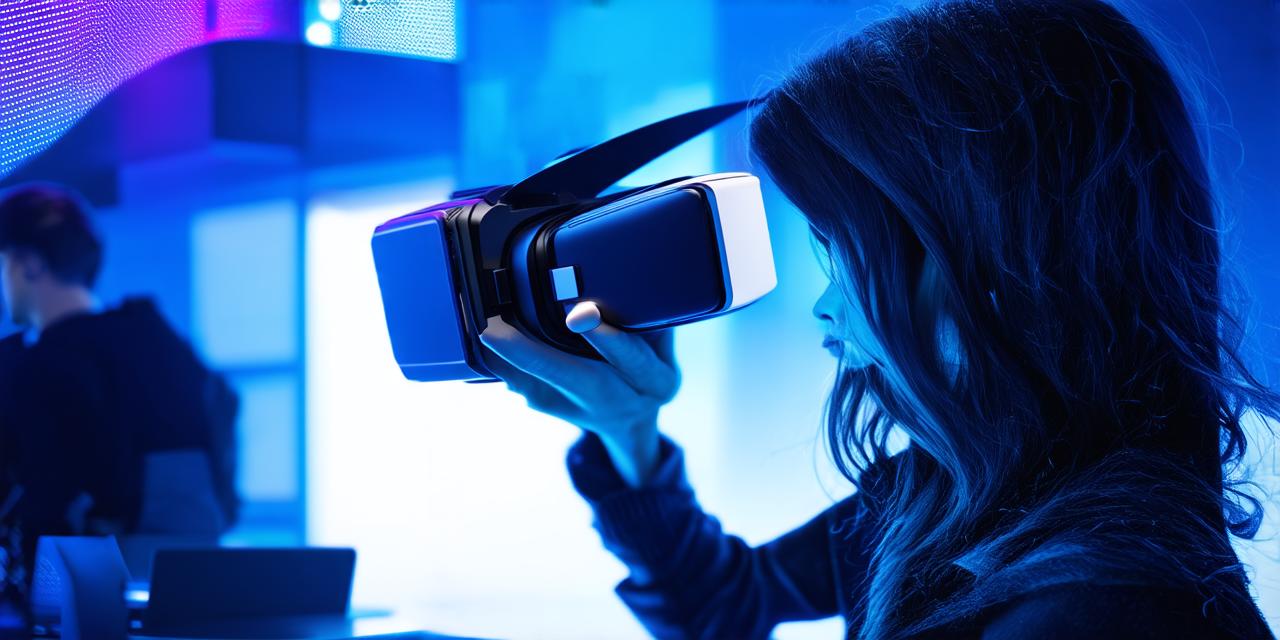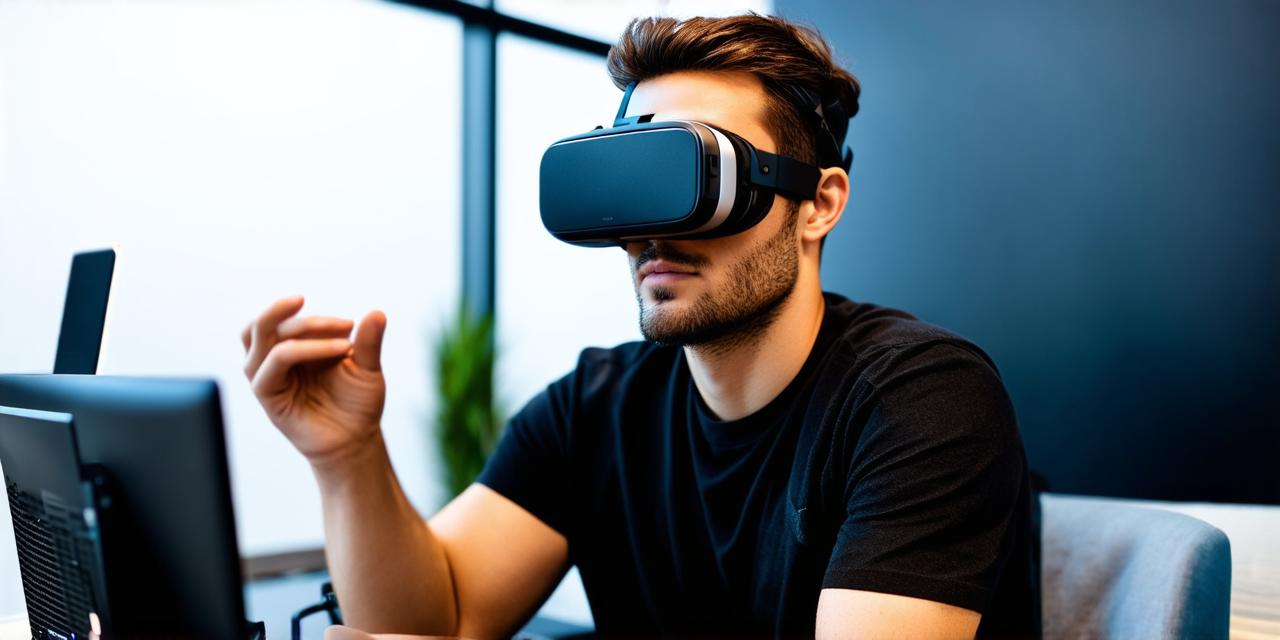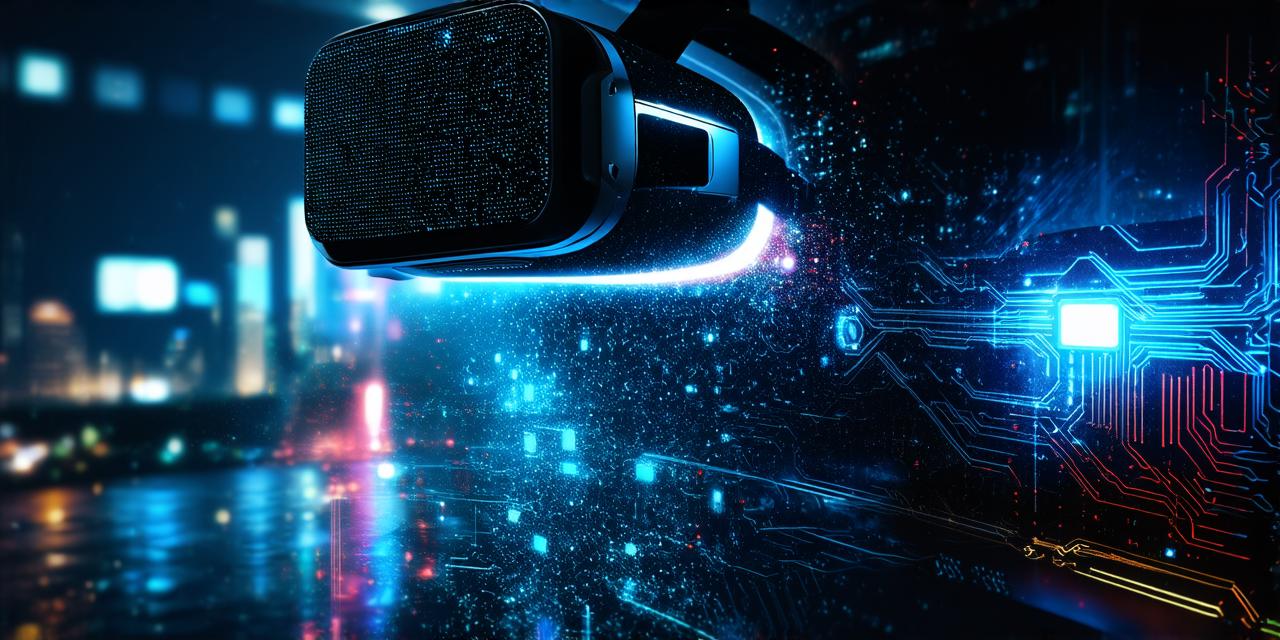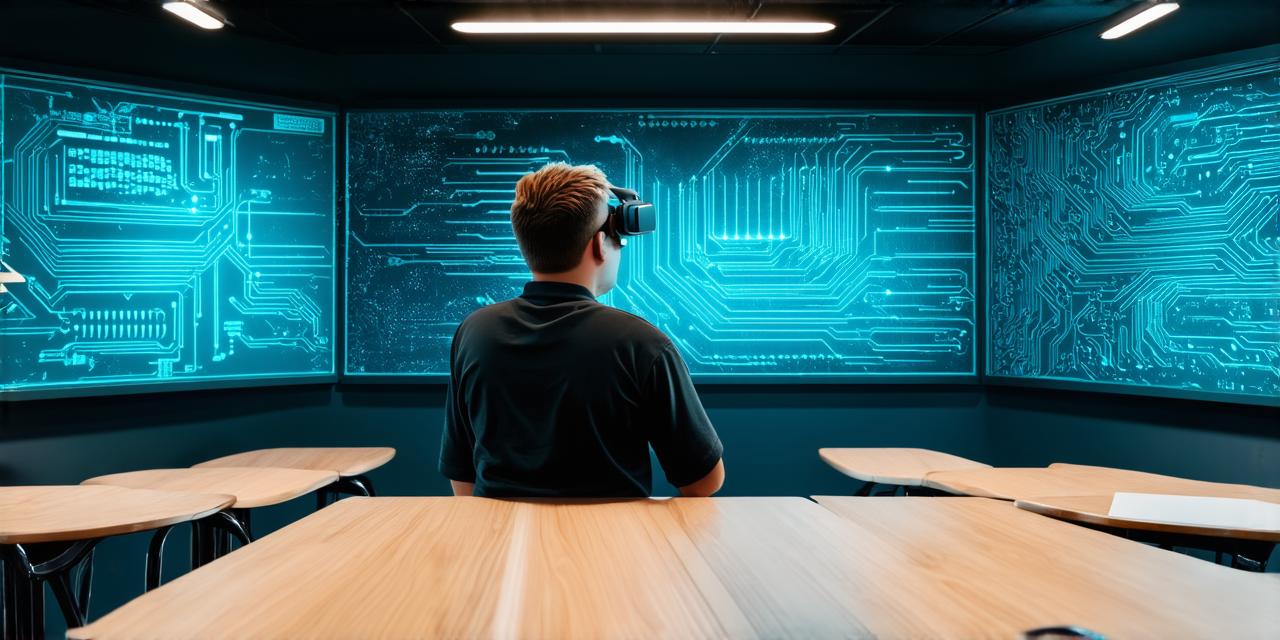What is Augmented Reality (AR)?
Augmented reality is a technology that enhances or “augments” the real world with digital elements such as images, sounds, and animations. AR systems use sensors, cameras, and algorithms to superimpose digital information onto the physical environment. This enables users to interact with the real world in new and exciting ways, providing them with an immersive experience that blurs the line between reality and digital media.
What is Virtual Reality (VR)?
Virtual reality is a technology that creates an artificial environment that simulates the physical world. VR systems typically use head-mounted displays (HMDs) or headsets to provide users with an immersive experience, blocking out the real world and creating a simulated environment. VR has been used primarily in gaming, but it also has potential applications in fields such as education, healthcare, and entertainment.
What is Mixed Reality (MR)?
Mixed reality is a technology that combines elements of augmented and virtual reality to create a hybrid experience. MR systems use sensors, cameras, and algorithms to superimpose digital information onto the physical environment, similar to AR, but also allow users to interact with virtual objects in real-time, similar to VR.
Applications of AR, VR, and MR
Gaming:
All three technologies have been used in gaming, with VR being the most popular for providing users with a fully immersive experience. However, AR and MR also have potential applications in gaming, such as creating interactive experiences on mobile devices or using virtual objects in real-world environments.
Education:
AR and VR have been used in education to provide students with interactive learning experiences that enhance their understanding of complex concepts. For example, VR can be used to simulate historical events or scientific experiments, while AR can be used to provide students with virtual field trips to museums or other educational institutions.
Healthcare:
VR has been used in healthcare to provide patients with immersive experiences that can help them cope with pain and anxiety during medical procedures. Additionally, VR and MR can be used to train doctors and nurses, providing them with a safe and controlled environment to practice their skills.
Retail:
AR and VR have the potential to revolutionize the retail industry, allowing customers to try on clothes virtually or explore products in 3D before making a purchase. Additionally, AR can be used to provide customers with personalized shopping experiences by overlaying product information onto their surroundings.
Real Estate:
MR has the potential to transform the real estate industry by allowing architects and designers to visualize their designs in real-world environments. Additionally, VR can be used to provide virtual tours of properties, giving buyers and renters a better sense of the space before making a decision.
Expert Opinions:
According to Dr. Nick Yee, a professor of computer science at Georgetown University, AR, VR, and MR have the potential to transform the way we interact with the digital world. He believes that these technologies will become increasingly integrated into our daily lives, providing us with new ways of experiencing the world around us.
Similarly, Dr. Tom Furness, a professor of computer science at the University of Maryland, believes that AR, VR, and MR will have a significant impact on fields such as education, healthcare, and entertainment. He predicts that these technologies will become more accessible and affordable in the coming years, making them even more prevalent in our daily lives.
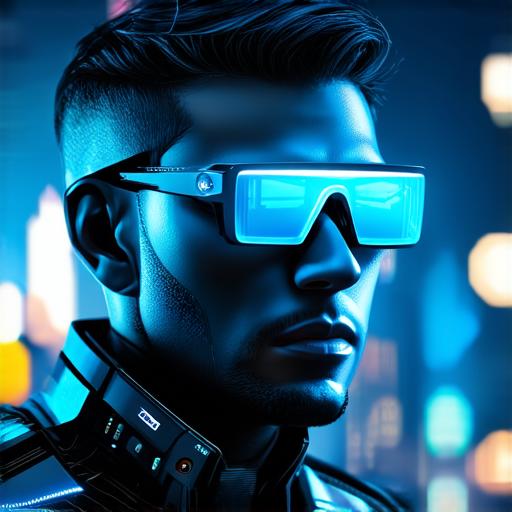
FAQs:
Q: What is the difference between AR, VR, and MR?
A: AR enhances the real world with digital elements, VR creates a simulated environment, and MR combines elements of both.
Q: How do AR, VR, and MR work?
A: These technologies use sensors, cameras, and algorithms to superimpose digital information onto the physical environment or create a simulated environment.
Q: What are some real-life examples of AR, VR, and MR?
A: Pokemon Go is an example of AR, Oculus Rift is an example of VR, and smart glasses that provide real-time information while also allowing users to interact with virtual objects are an example of MR.
Q: What are some potential applications of AR, VR, and MR?
A: These technologies have potential applications in gaming, education, healthcare, retail, real estate, and more.
Conclusion:
AR, VR, and MR are cutting-edge technologies that have the potential to transform the way we interact with the digital world. These technologies provide users with immersive experiences that blur the line between reality and digital media, allowing them to explore new and exciting possibilities. As these technologies continue to evolve and become more accessible, we can expect to see even more innovative applications across various industries.
